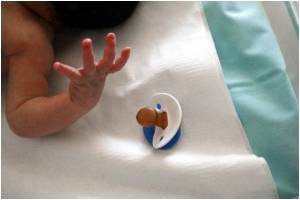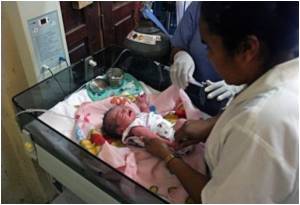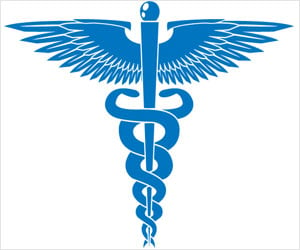The Governor feels the state can handle its health care issues and the federal government has given him a chance, though it is very doubtful at the moment.

“Let’s make sure there is a distinction in the language between health insurance and health care,” he said. “Every person in this state has the ability, if they are struggling with illness, to walk into an emergency room and receive care.” According to the Indiana Hospital Association, 2.7 people used emergency rooms in the hospitals every year. Pence has asked hospitals to gear up, which they have already done. They have absorbed $3 million a year in caring for people who cannot afford to pay their bills.
Linda White – president of Deaconess Health Systems says that – those with insurance pay for people without insurance. "Indiana has 92 counties and 30 of these do not offer access to obstetrics care – the Indiana Rural Health Association - . It’s just too costly:” Hospitals that shut down their obstetrics services found that most of their patients either had no insurance or were recipients of Medicaid, which only pays about 30 cents for every dollar’s worth of medical care delivered.
“In 30 counties, you can’t birth a baby,” said association President Don Kelso, who illustrates the problem by talking about the 70-mile stretch in West Central Indiana filled with O.B.-less counties. “Between Terre Haute and Avon, there’s no place to birth a baby.” That’s what a 2012 report commissioned by the Indiana State Department of Health found. The report, authored by the Indiana Primary Care Association, looked at Indiana’s health care safety net and concluded this: “Even with these various safety net options, providing health care services to all who need it remains a challenge. Approximately 1.5 million low-income Hoosiers have inadequate access to health care services.”
“We do have access, but the health of Hoosiers is not good,” Kelso said, before listing a litany of ills that include Indiana’s high rate of diabetes, heart disease, obesity and infant mortality (which is related to lack of access to pre- and post-natal care.) The Governors health Commissioner Dr William Van Ness also felt that infant mortality in Indiana was very high due to lack of affordable health care. “We’re down near the bottom. We’re right down there with Mississippi and Arkansas in the number of babies that are dying. Think about that.”
References:
Advertisement
Maureen Hayde September 2013
Advertisement









